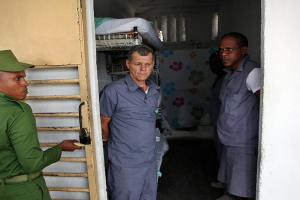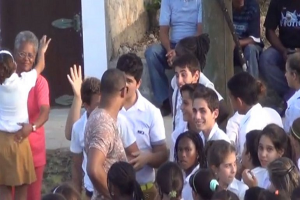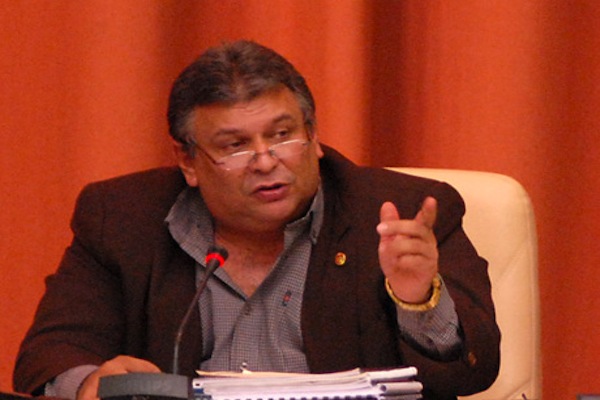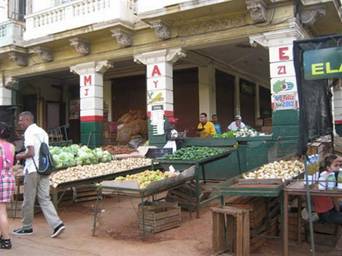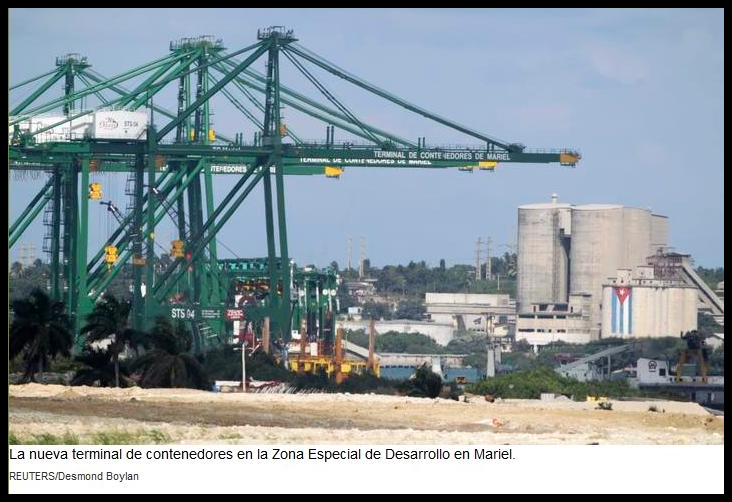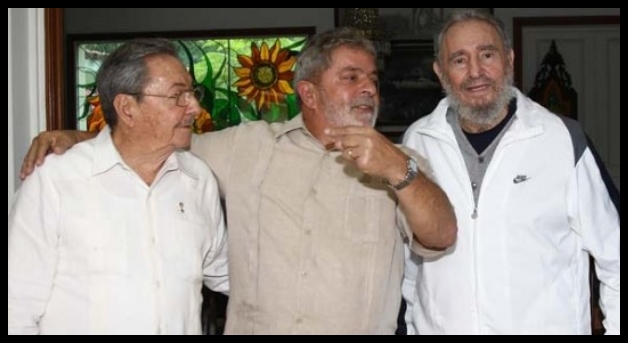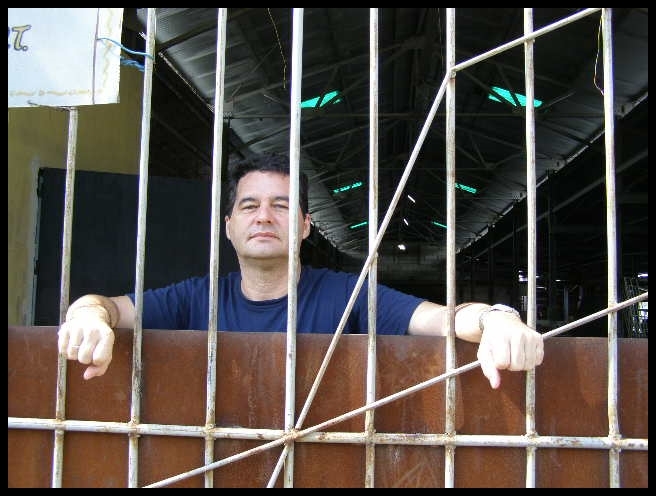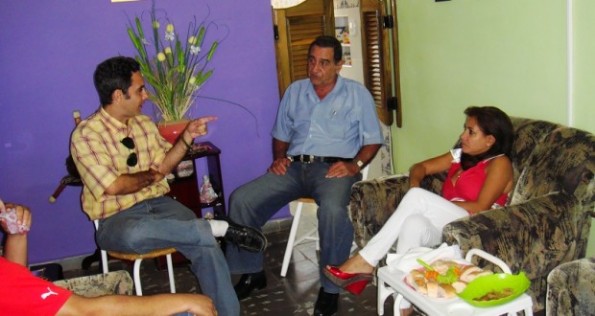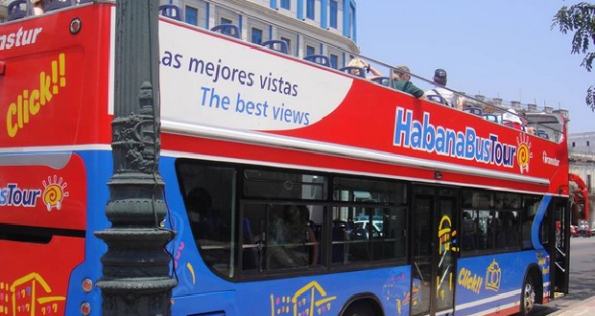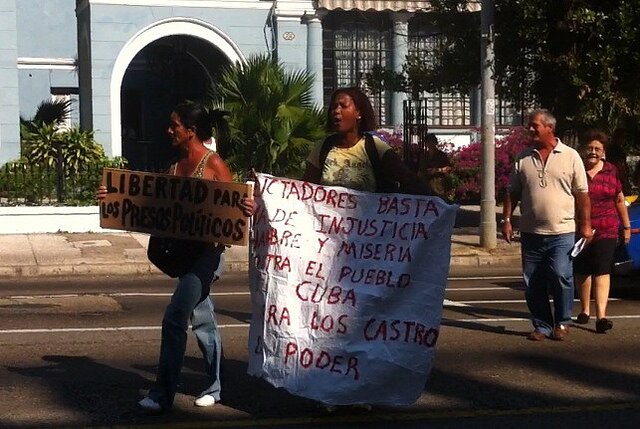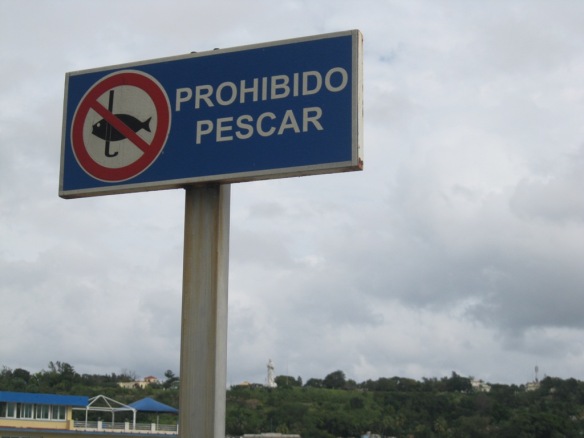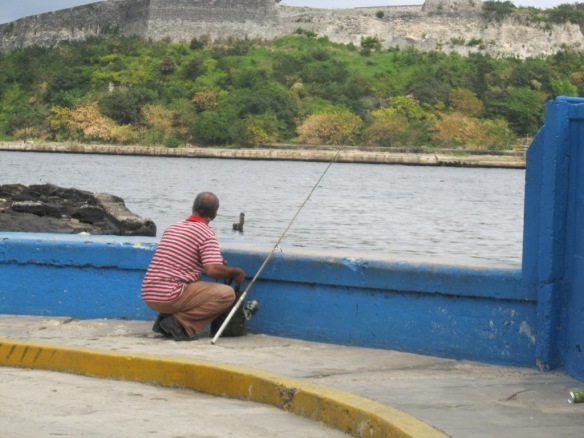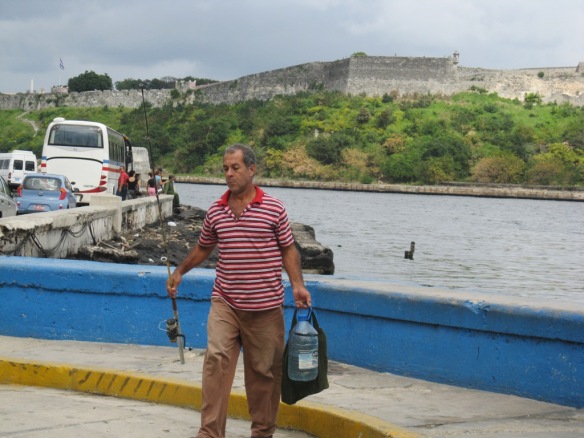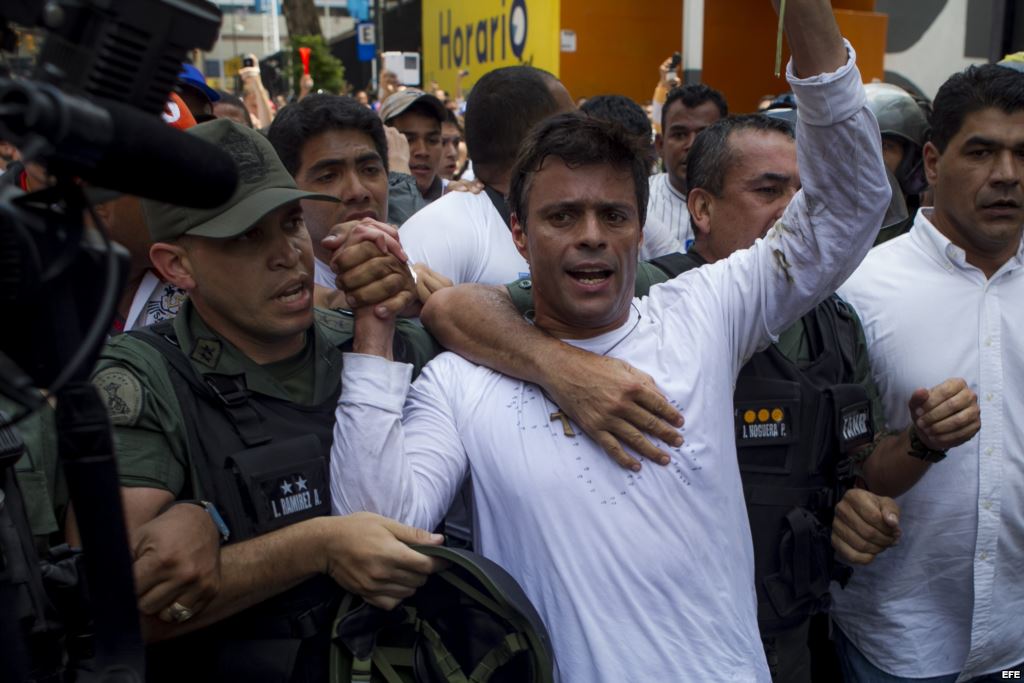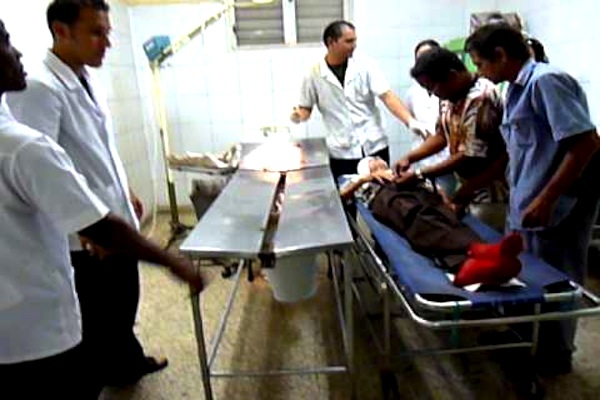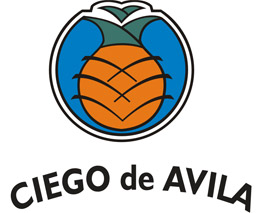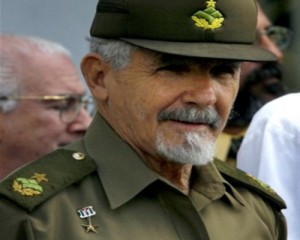
HAVANA, Cuba – I heard the story late, it happened a year ago. But the residents of Santa Fe, a coastal community to the west of Havana where about 50,000 people live, are afraid to say anything about Ramiro Valdés Menéndez, a “historic commander,” who is credited with numerous shootings at the beginning of the Cuban Revolution.
At the entrance to Santa Fe, on 1st Street, is the residence of this member of the Politburo of the only legally existing party in Cuba. It is hidden there behind high walls that span more than two blocks, so that nothing can be seen from outside. It’s a Nazi-style bunker, but with access to the sea.
Between gritted teeth, very carefully, in case it might reach the ears of the Artemisa Spy as many call him, or one of this many bodyguards, I was told this story.
On a sunny afternoon in April 2013, several workers from the Communal, an organization that is responsible for cleaning and slashing of weeds in sidewalks and green areas of the city, was performing these tasks near Ramiro’s bunker when one of them inadvertently slashed a wire in the undergrowth with his machete.
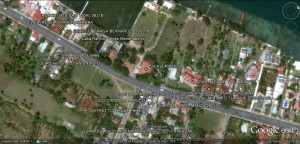
They continued their work, but on seeing the soldiers pour out of the bunker like wasps, looking for the counterrevolutionary terrorist who had cut Ramiro’s cable, they stopped in surprise. They didn’t know what to say.
Within minutes they were all under arrest and at the trail three of those working outside the bunker were sentenced to five years in prison, because as the action had been accidental, it was impossible to know who had cut Ramiro’s cable.
Three humble men who live in poverty, in houses they made themselves with materials found in the streets.
I know one of them, Carlos Merino Martinez, who has been my gardener for six years, someone who rarely speaks, honest and of good character, who still wonders why he has to serve a sentence if he is innocent.
He says that on occasion he’s wanted to speak with Ramiro who, after all, although he is vice president of the Councils of State and Ministers, was a poor man like him, a shopkeeper according to what he’s heard, back in Artemisa near his bunker, and to tell him of the injustice committed against him and his two companions, but he fears he would just be stopped approaching such a mysterious house. He tells me he feels humiliated, although the prison sentence was converted into “prison without internment,” he has to sign in at the Police Station every month, as if he were a criminal.

As a man who lives a quiet life, along with his wife, he doesn’t care that he’s forbidden to attend parties or to leave Santa Fe. In short, he has always gone home from work. He never made money for parties. But it saddens him that his companions, younger than he is, are facing this situation.
Time has passed but the story of the wire cut by the three unfortunate gardeners is still talked about. As we’ve lived half a century and backwardness and very little of internet cables, many of us wonder if the so-important cable Ramiro has hidden in the weeds along the sidewalk from his bunker was for electricity, telegraphy, or an underground or underwater telephone. Some even think it might be that very “fiber optic cable coming from Venezuela,” through which Ramiro instructs his Cuban agents there.
Cubanet, 14 March 2014, Tania Diaz Castro

